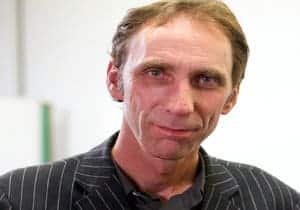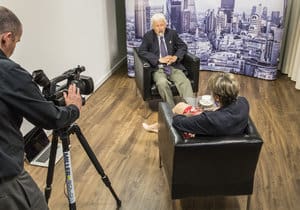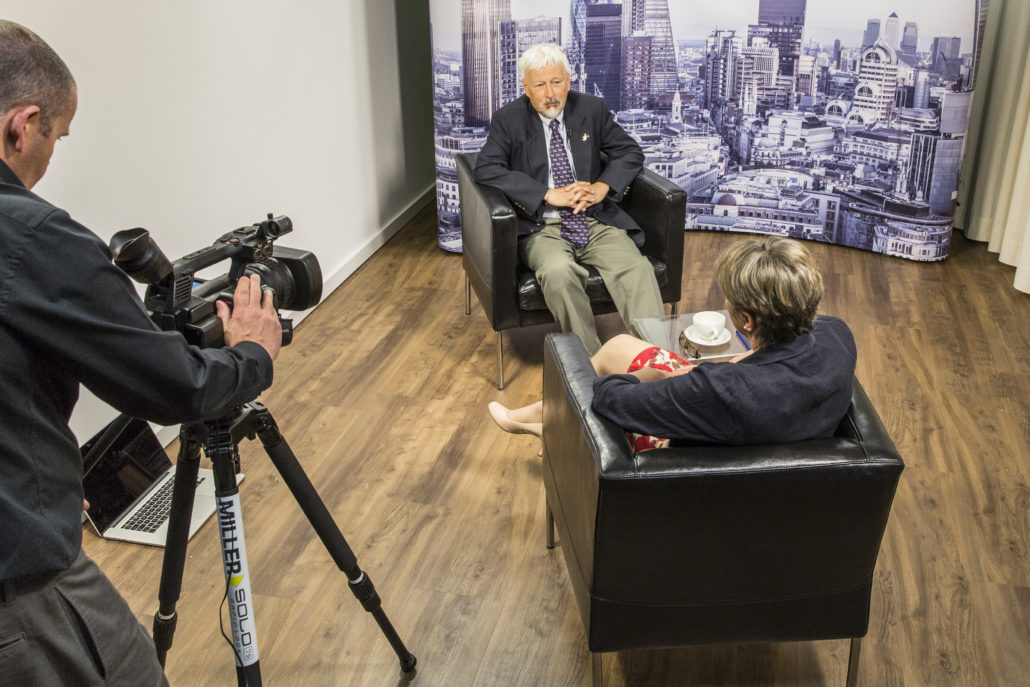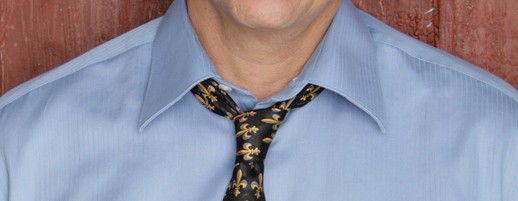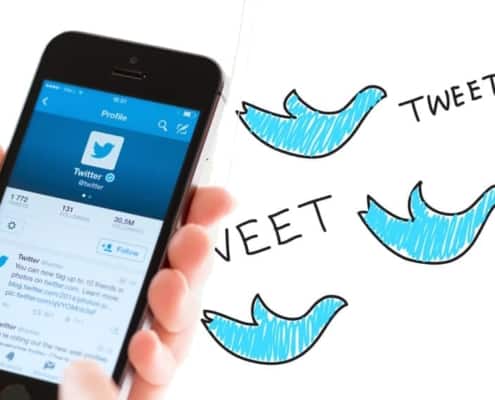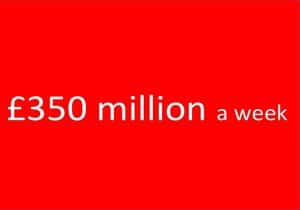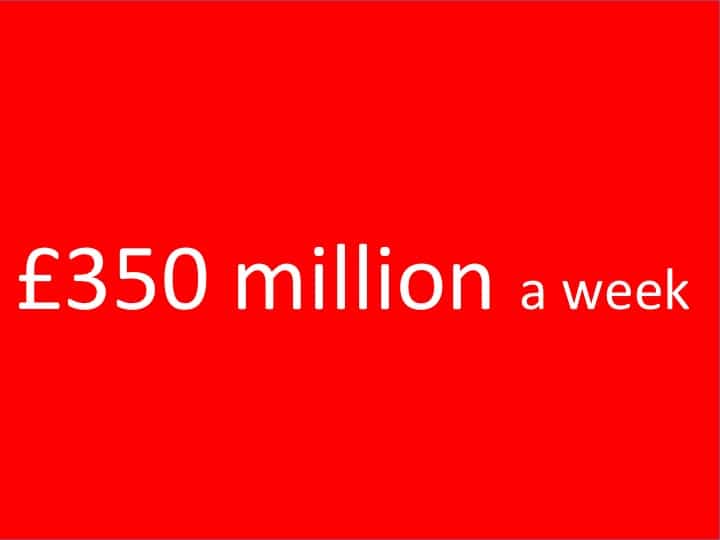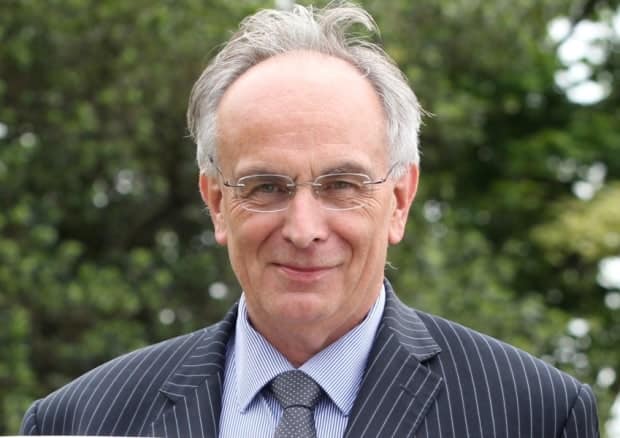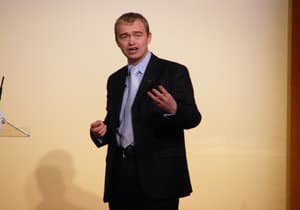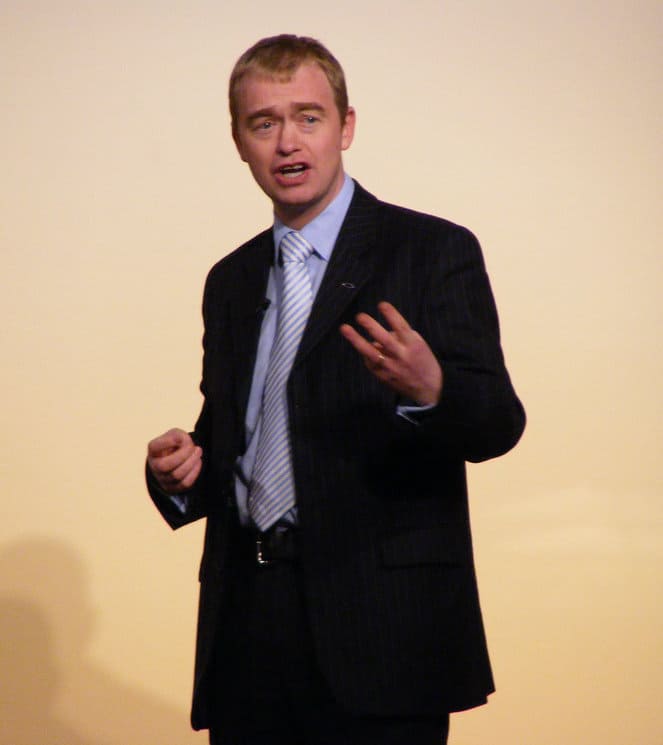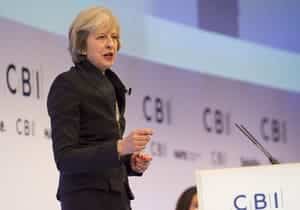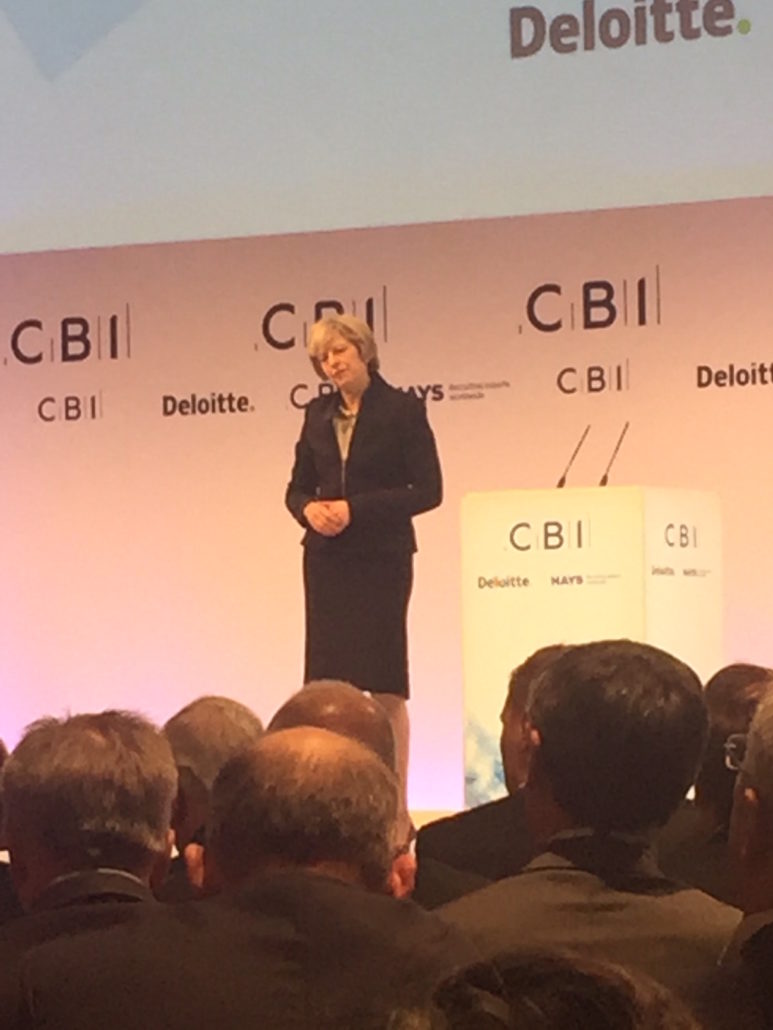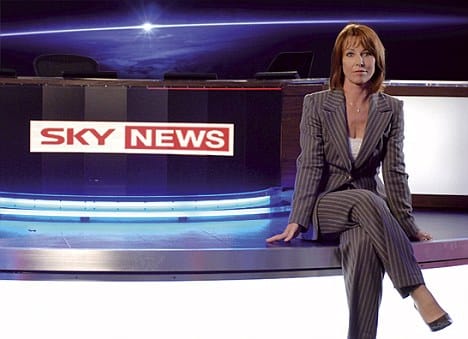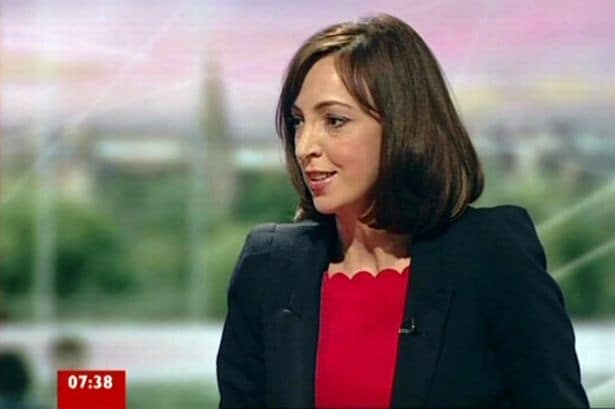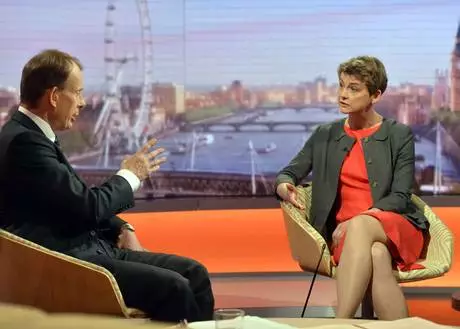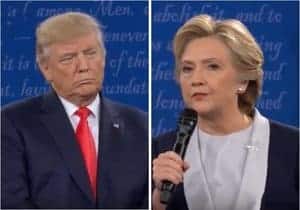The Wealth of Language
Will Self is one of Britain’s most idiosyncratic journalists. Most popular writers would think twice before using words like rodomontade, juvenescent, irenic or febrillity in a 10-minute radio blog (Jan 15th). Think twice, and then delete them, substituting more common alternatives – bluster, rejuvenated, peaceful and feverishness.
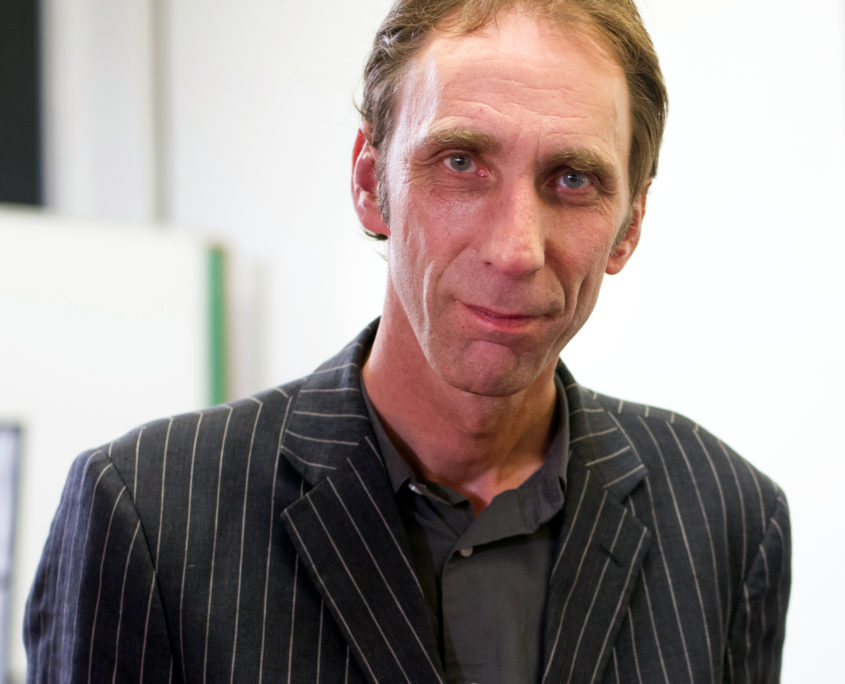
Journalist Will Self
And most popular writers would be right. Communication, especially in our hectic modern age, is all about reaching the largest possible audience in a form which is easy and pleasant to absorb. Spoken or written, it’s all the same.
The Wealth of Language: Keep it Simple
The advice most commonly given is to Keep it Simple – use common, everyday language, avoid complex terminology and grammatical structures, keep your sentences short.
Simple, however, does not mean dull, and we can learn a lot from Will Self in that respect. One of the pleasures of listening to him is enjoying the skill with which he deploys the enormous resources of the English language. He uses the breadth and depth of the language beautifully, with a wide range of better-known vocabulary and a wealth of cultural and political references.
English is an enormously rich language and if we want to keep our audience engaged and, when appropriate, stir their emotions, we need to use it imaginatively. So:
- avoid repetitions of the same word. Use synonyms. If you have referred to “hens” a couple of times, try “chickens”, “poultry” or simply “birds”. If you have already used “reform”, try “improve”, “upgrade”, “enhance”, “redesign”, re-make” – any number of alternatives.
- steer clear of that bland, bureaucratic style of language whose over-use so irritates the general public. Address envelopes, not issues. Appeal to people, don’t reach out to them.
- throw in references to events or people that all of your audience will find familiar. Add richness to your message with a mention of Mozart or Julius Caesar, Beyoncé or David Bowie, Nine-Eleven or the Brexit vote, Lionel Messi or Tiger Woods, the 2008 Crash or the Greek debt crisis.
- vary the tone. We always encourage you to illustrate any point you make with an example, usually involving individual people and often from your own experience. This is a good opportunity for a change of tone, make it personal, wield that most powerful of words – “I”.
If you or your team would like help with some of these elements or other ways to tighten up your grammar, enrich your writing style or lift your corporate writing from the mundane, the Media Coach can offer short, bespoke workshops.
There is always something that can be improved, even if we cannot hope to have you writing with the mastery of a Will Self, a writer who blends serious messages with a familiar, personal style that entertains while it informs.
Incidentally, it is important also to note that when he slips in words like recondite or factic, you can usually tell from the context roughly what is meant. He does not put them out in a vacuum. You may not get all the subtlety of a certain word, but you get the general drift.
To less talented writers – and that is virtually all of us – who are tempted to reach for the dictionary for some rarely used language, we simply say: “Don’t try this at home”.
Photo used under creative comms licence

